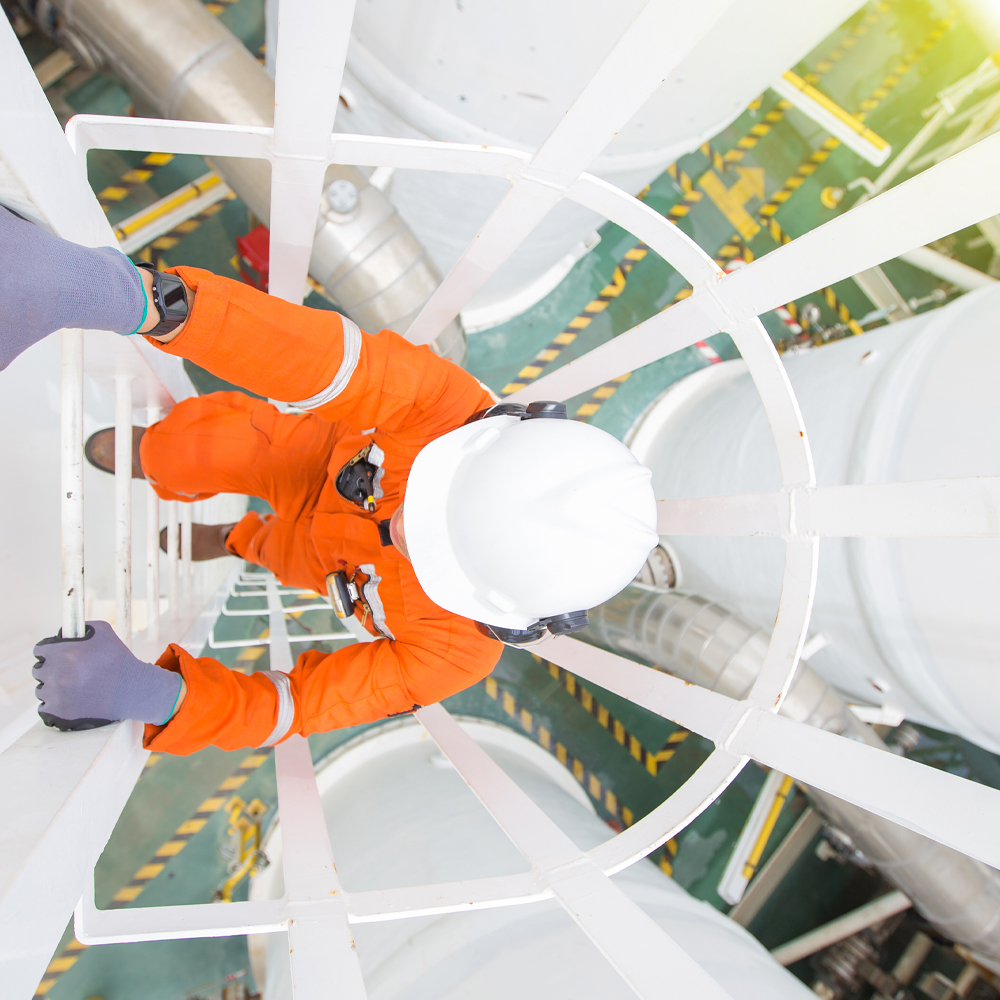
Article
Predictive maintenance evolves
If COVID-19 forced downstream players to sprint towards new ways of operating, 2021 saw the acceleration towards a more sustainable way of doing business and leveraging digital assets as an enabler to managing carbon emissions. Downstream leaders are confident in their ability to achieve continued growth on the path to sustainability. Selecting the right partners along the way will be crucial—and Wood is at the forefront of this journey as a leading provider for digital integration and solutions across the energy and industrial sectors.
We partnered with Reuters to release the ‘Downstream Industry Outlook: 2022 & Beyond’ report, looking at the key challenges and opportunities impacting the future of downstream CAPEX and OPEX.

One of the most fundamental challenges facing the downstream industry is a growing raft of global, federal and state regulations and policies aimed at delivering a sustainable economy. The downstream industries operate under stringent regulations monitoring the various solid, liquid and gas emissions from their operations. Historical practice has been to only comply with the new regulations as they went into effect. Although this strategy resulted in just-in-time compliance, it did little to enhance the industry ’s shareholder image.
Current prices for natural gas pose a challenge for the U.S. downstream sector, decreasing the return on investment for operations and capital projects and making the industry less competitive than peers in regions such as Asia Pacific and the Middle East. At the same time, downstream operators can expect to see capital investment requirements increasing in the future, for example to improve the sustainability of the 300 million tons of plastic currently manufactured worldwide.


This trend looks set to accelerate further in the future. With the fourth industrial revolution, smart plants and petrochemical manufacturers are relying on data and technology to stay ahead of the curve. However, with the technology landscape constantly changing, it has been challenging for many companies to navigate and choose the right solutions from the wide range of options available.
The transition to a low-carbon future represents a massive financial opportunity. To reach net-zero emissions by 2050, yearly clean energy investments will have to increase more than three times by 2030, to around $4 trillion, according to the International Energy Agency. It is clear, nevertheless, that switching to more sustainable operations will require massive innovation on the part of most downstream operators. But technology alone is not the answer. The continuous need to reskill and upskill workers is critical to successful technological integration.
